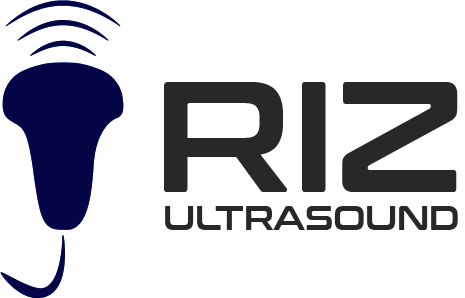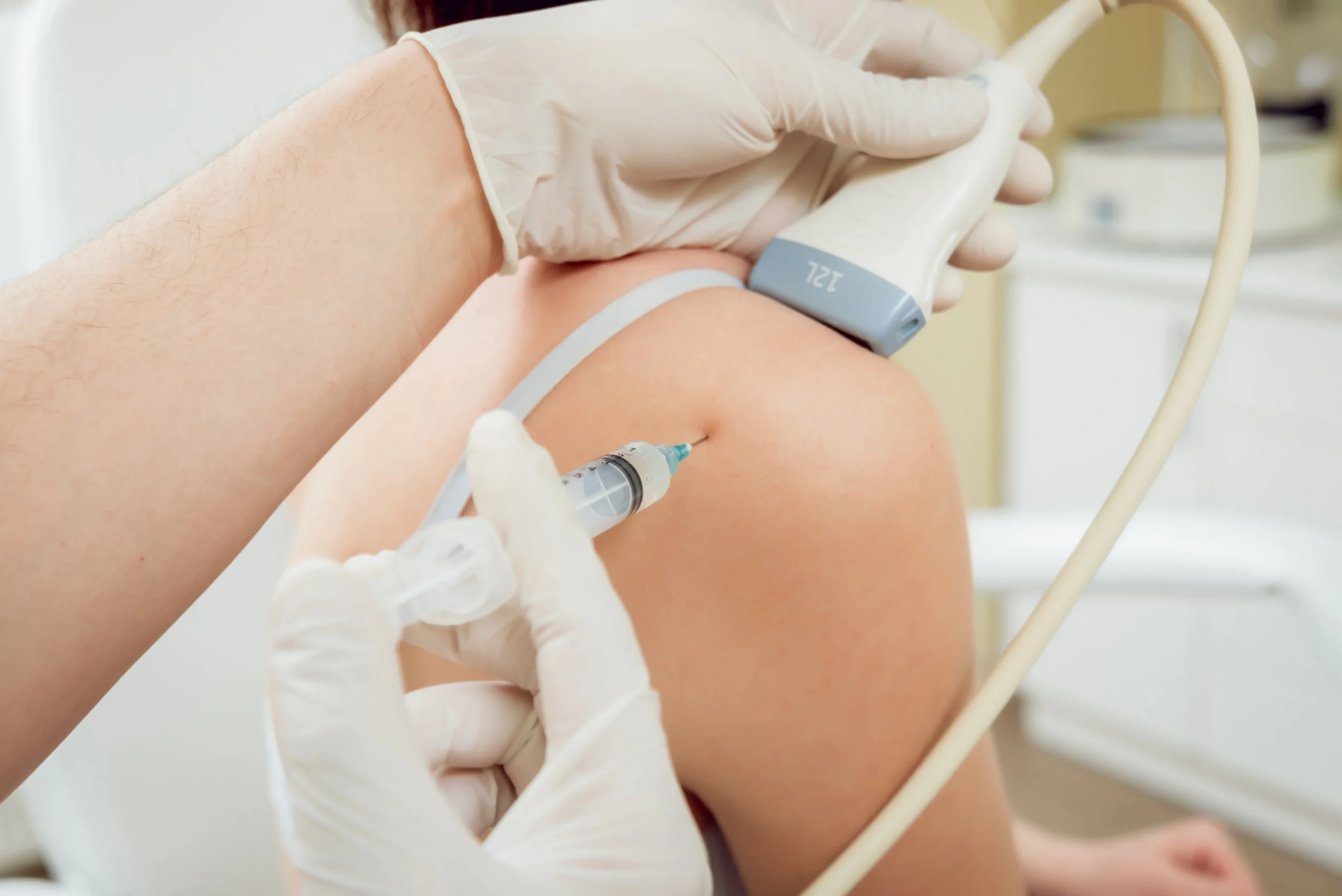Quick, safe, and pain-free private Shoulder Ultrasound to assess the Joints, Tendons, Muscles, Ligaments, Pain & Range of Movement.
Scans Performed by Specialist Doctors feel confident in the care you receive and gain peace of mind with Same-Day Results & Tailored Advice.
Symptoms of shoulder joint pain can be related to a large number of causes but most patients with shoulder pain have a disease of the rotator cuff, long head of the biceps and subdeltoid-subacromial bursa.
Ultrasound scanning has therefore shown to be an outstanding first line examination modality. Rotator cuff pathology (subscapularis, supraspinatus and infraspinatus tendons) may be acute tendinitis, degenerative tendinopathy, tendon tears, or intra-tendinous calcifications. Tendinopathy and tendon tears are most frequently found in the supraspinatus tendon which is due to the exposed anatomical position of this tendon during abduction (subacromial impingement).
Degenerative changes are commonly present in the supraspinatus tendon and increase with age. Supraspinatus tendon tears can be full-thickness tears (with communication between the shoulder joint and the subacromial-subdeltoid bursa) or partial-thickness tears (of the deep or superficial part of the tendon).
Intra-tendinous calcifications may be symptomatic (pain, impingement) and are mostly found in the supraspinatus tendon and seen as hyperechoic with a strong posterior shadowing when hard, or less reflective without a posterior shadowing when smooth. Calcifications may be treated by ultrasound-guided needle aspiration. Dynamic ultrasound examination of the shoulder is of great value and objectively show pathological conditions like subacromial impingement (painful arc during compression of the supraspinatus tendon and subacromial bursa against the coracoacromial arch during abduction of the arm).
Pathology of the long head of the biceps: Effusion in the tendon sheath is not necessarily a sign of tenosynovitis as it is related to shoulder joint effusion (communication between the joint and the tendon sheath). Changes in the tendon may be due to tendinosis thick hypoechoic tendon.
Cortisone injections make up a very important part of the treatment of shoulder injuries.
Cortisone is a potent anti-inflammatory medication. It acts on both acute and chronic phases of inflammation to reduce both tissue swelling and subsequent scar formation.
Cortisone injections are useful in the treatment of various musculoskeletal conditions, particularly those of acute inflammation (such as acute bursitis), and degenerative joint and tendon conditions.
In the shoulder they are particularly useful in the management of:
- Rotator cuff disease (degenerative tendinosis, impingement, partial tears and subacromial bursitis)
- Adhesive capsulitis (or ‘frozen shoulder’)
- Glenohumeral osteoarthritis
- Acromioclavicular joint disease (osteoarthritis or osteolysis)
Cortisone injections should only be performed in the setting of an appropriate diagnosis based on taking an accurate history, performing a clinical examination and commonly performing investigations.





